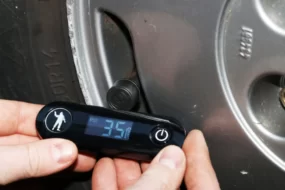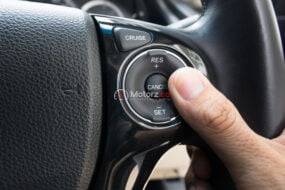Backup Camera Issues Troubleshoot backup camera problems. have become an indispensable safety feature in modern vehicles, providing drivers with enhanced visibility and reducing the risk of accidents while reversing. However, like any technology, backup cameras can encounter issues that may hinder their effectiveness. In this article, we will explore common backup camera problems and provide troubleshooting steps to ensure your camera is functioning optimally.
No Display on the Screen:
One of the most common issues is a blank screen when engaging the reverse gear. If you’re facing this problem, start by checking the camera connections. Ensure that the camera is securely connected to the display unit. If the connections are secure, inspect the wiring for any visible damage. Damaged wires can disrupt the signal transmission, leading to a blank screen. Replace or repair any damaged wires to restore the camera’s functionality.
Blurry or Distorted Image:
A backup camera with a blurry or distorted image can compromise its purpose. Begin by cleaning the camera lens with a gentle, non-abrasive cleaner. Dirt, grime, or water droplets on the lens can significantly impact image clarity. If cleaning doesn’t resolve the issue, check for any physical damage to the camera lens. Scratches or cracks can distort the image and may require a lens replacement. Additionally, ensure that the camera is properly aligned for a clear view.
Image Flickering or Rolling:
Flickering or rolling images on the display can be attributed to interference issues. Start by inspecting the power and video cables for any signs of interference. Separate the camera’s wiring from other electrical components to minimize potential interference. If the problem persists, consider checking the vehicle’s electrical system. Faulty alternators or other electronic components can introduce interference. Professional assistance may be necessary to diagnose and address these issues.
Delayed or Slow Response:
A delayed or slow response from the backup camera can be frustrating and impact safety. Begin by checking the camera’s power source. Inadequate power supply can lead to sluggish performance. Ensure that the camera is receiving the appropriate voltage. If the power supply is sufficient, examine the camera’s settings for any adjustments related to response time. Some camera systems allow users to customize the response time to their preference. Consult the camera’s manual for guidance on adjusting these settings.
Infrared (IR) Night Vision Not Working:
Many Backup Camera Issues cameras are equipped with infrared night vision to provide clear visibility in low-light conditions. If your camera’s night vision is not functioning, check for obstructions around the camera lens. Dust, dirt, or moisture can impair the infrared sensors. Additionally, verify that the night vision feature is enabled in the camera’s settings. Some systems have a manual switch or an automatic mode that activates night vision in low-light environments. Adjust the settings accordingly to restore night vision functionality.
Conclusion:
Troubleshooting Backup Camera Issues requires a systematic approach, starting with the basics like connections and cleanliness, and progressing to more complex factors such as interference and electrical issues. Regular maintenance, careful inspection, and prompt resolution of problems ensure that your backup camera continues to enhance safety and convenience while reversing. By following the troubleshooting steps outlined in this article, you can address common backup camera issues and enjoy the benefits of this valuable automotive technology.











